Holistic Plant Nutrition - Considering Cobalt

By Graeme Sait
I think many of you will find this Nutrition Matters article both informative and fascinating. I also suspect many of you will be scratching your head in recognition that you have never, ever considered the use of this mineral as part of a genuinely holistic nutrition program; I think you will soon agree that it’s time that this neglect was addressed.
We are going to be looking at cobalt in terms of its role in the soil, in soil life and within the plant.
We find that almost 50% of the soils that we test lack sufficient cobalt, so it is a really common deficiency. “What does this mean?” I’m sure you are wondering. Well, let’s begin by considering the roles of cobalt.
The roles of Cobalt
Cobalt plays a crucial role in crop health and productivity, impacting soil life and legume root performance.
Perhaps the most important role of cobalt relates to its essential role in the formation of Vitamin B12. Some of you may recognise the importance of this particular nutrient in human health, where exhaustion and anaemia are just two of the deficiency symptoms. Let’s look at why it is so important in plants and microbes.
B12 is a critical cofactor in the creation of nitrogenase. This enzyme is used by nitrogen-fixing organisms, like rhizobium, and specialist actinomycetes, called Frankia, to pull nitrogen gas from the atmosphere and convert it to ammonium nitrogen in the soil.
However, it’s not just these organisms the free gift”, the 74,000 tonnes of nitrogen gas hovering above every hectare. Azotobacter It’s obviously a good thing if you can successfully harness this process to reduce your reliance upon increasingly expensive nitrogen fertilisers. Cobalt and B12 are major players in this process.
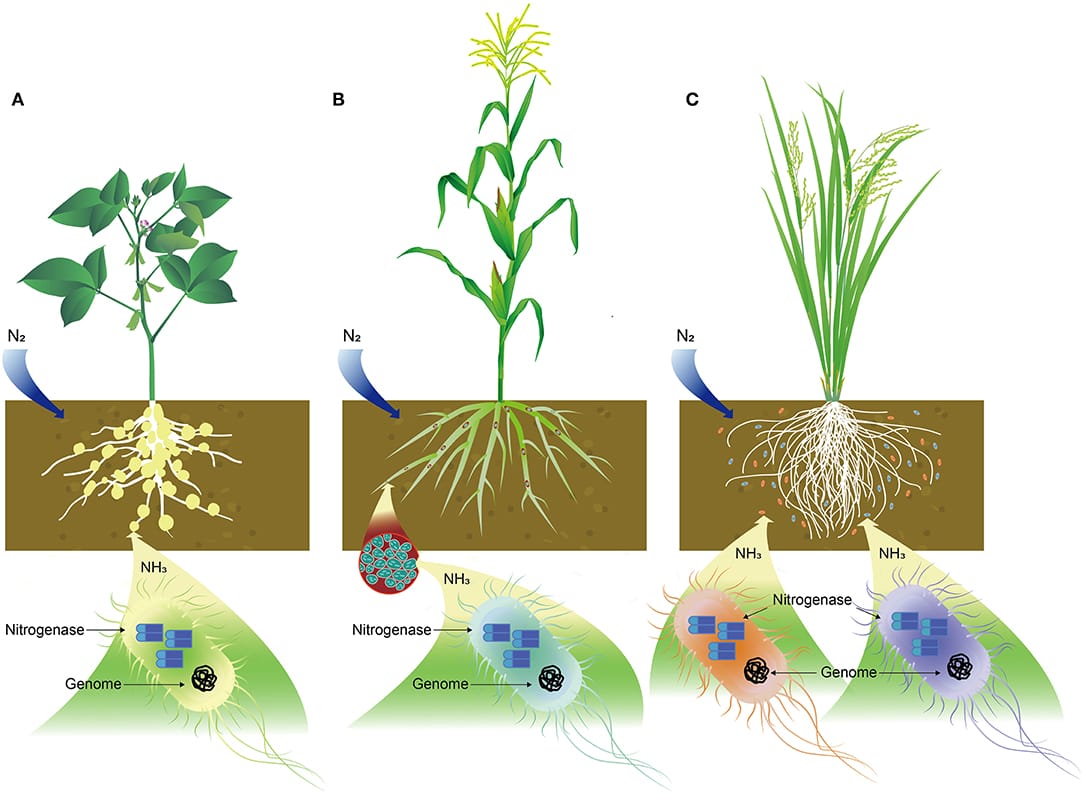
In fact, the B12 link to nitrogen doesn’t stop there. B12 is also a cofactor for the enzyme urease. Most of you probably understand that urea is converted to plant-available ammonium nitrogen by this enzyme, but often it is not understood that urease is equally important in grazing situations for converting animal urine into useable nitrogen for the crop and the soil microbes. Please understand the importance of this understanding. If you are lacking cobalt and associated B12, you will not be seeing the full, soil-building benefit of intensive grazing.
Plants do not produce B12, it is created, using cobalt, by soil bacteria and archaea. In this context, cobalt becomes an important player in microbe health. Bacteria produce B12, in part to supply themselves with supplemental nitrogen through nitrogen fixation. That N source is pretty important when 17% of your body is made from nitrogen. Of course, the plants amidst the microbial workforce also benefit from this ongoing N supply when nitrogen is their most abundant mineral component.
The all-important formation of humus is also linked to cobalt and the associated flow of nitrogen into the soil. Here we are talking about the carbon-to-nitrogen ratio linked to the breakdown of organic matter. Nitrogen is required to create humus, and the better your access to the free gift, the better your humus formation.
So, what does Cobalt do beyond this critically important role of nitrogen delivery? Well, it is a cofactor, along with zinc, in the formation of auxins, the hormones that regulate root and shoot growth. If auxin production is compromised, then you have a smaller solar panel and less production. I hope you are getting the picture here, if your supply of the most abundant mineral, nitrogen is limited, and your auxin production is substandard, then cobalt deficiency can lead to stunted growth, reduced crop yields, and impaired plant health. Let’s look more closely at some symptoms of a cobalt shortage in your crop.
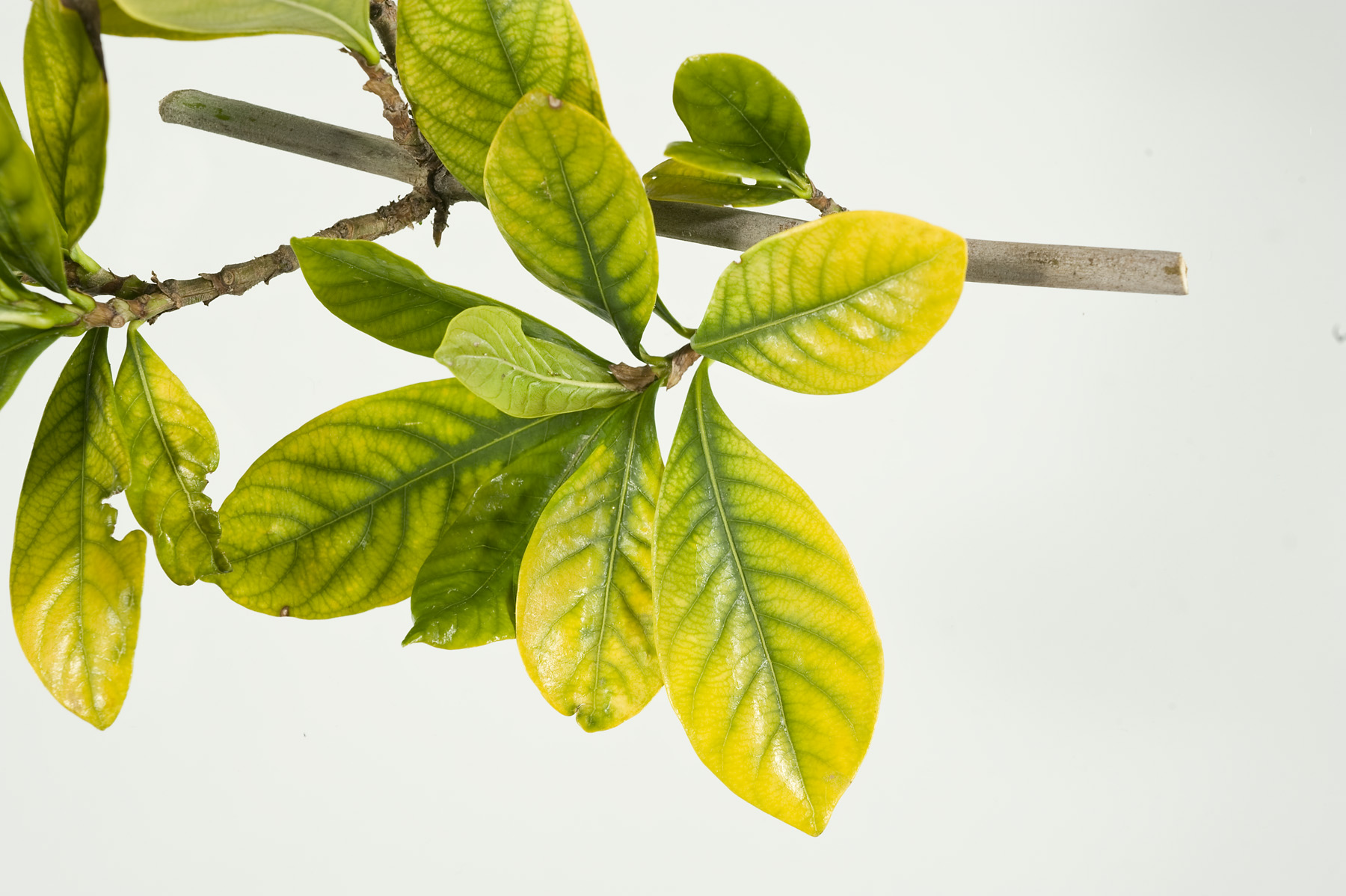
Symptoms of Cobalt deficiency.
1) Chlorosis, or a lack of sugar factories, can be a symptom of cobalt shortage. You will see yellowing of young leaves and a general yellowing of the plant, especially in the tips and margins of leaves.
2) Misshapen or malformed leaves – A shortage can lead to curling and cupping and a reduction in leaf size.
3) Stunted growth – This is typically linked to a nitrogen shortage and hormonal disruption and will always lead to yield loss.
4) Reduced seed production – Cobalt is involved in the development of reproductive tissues, and a shortage can lead to reduced seed production and smaller seed size.
5) Poor root nodulation – A lack of nodules on legumes is a classic sign of cobalt deficiency, as the legumes use cobalt in the process of building nodules.
Let’s focus on seed production and seed size for a moment. Obviously, from a timing perspective, it is apparent that getting a title cobalt on the seed or in-furrow will help ensure good nodulation and nitrogen fixation in general. However, there is also some research suggesting benefits in both legumes and cereal crops with the use of cobalt sulphate as a foliar at the business end of the season, during seed formation, to boost the number and size of seeds.
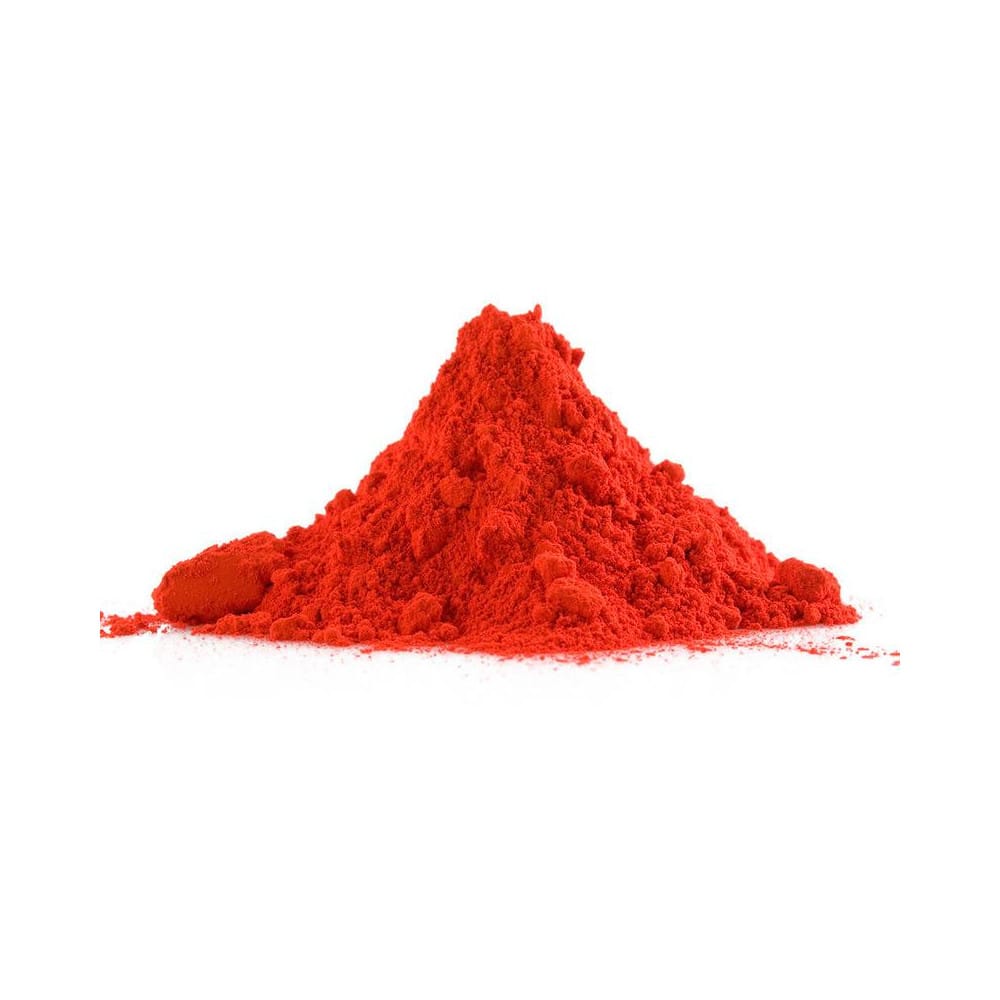
There are some exciting studies on Fava beans, for example. One Egyptian study, “Effect of Cobalt Fertilizer on Growth, Yield and Nutrient Status of Faba Bean Plants,” found simply amazing findings.
In that study, by Hala and Kandil, from the National Research Centre, various rates were applied at various times. Here it was demonstrated that the most productive rate was the highest rate, involving 20 ppm of cobalt. At that rate, there was a whopping 217.74% increase over the control, and protein levels increased by 47.82%. There was also an increase in nutrient density associated with cobalt treatment, where most minerals increased,n but iron levels decreased. 20 ppm rate in this study was in irrigation water and this is not applicable to most dryland producers, so let’s look at productive foliar or seed treatment rates.
Raj (1987) studied the effect of cobalt nitrate on pigeon pea and peanut seeds. Cobalt nitrate, at the rate of 500 mg per kg of seed, which equates to half a kg of cobalt nitrate per tonne of seed, significantly increased plant height, number of branches and leaves, total dry matter, and yield.
Peanut seed treatment with cobalt nitrate at the same rate, followed by 2 foliar sprays before and after flowering at the rate of 500 mg per litre, increased the plant height, the leaf number and the total dry matter. Pod yield, shelling percentage, test weight and harvest index increased significantly. That equates to 50 grams of cobalt nitrate in 100 litres of water.
Sometimes, it is easier to access cobalt sulphate, so how do the application rates of these two forms compare? Well, there is a slight difference in the cobalt component in the two forms but similar rates can apply. In several studies, cobalt sulphate has proven to be the most productive of the cobalt forms.
How and why is it working
It’s important to understand the key plant process that cobalt positively impacts to generate increases in pod numbers, cereal yield and grain size. Here we are looking at the link between cobalt and cytokinin production. Cobalt stimulates plant production of this natural hormone that regulates the growth and development of the plant. Cytokinins can promote cell division, hence the increase in seed numbers and seed size, but this hormone can also delay senescence. This can delay the aging of the crop, which can often result in greater yield outcomes. One of the major benefits of kelp relates to the high cytokinins found in this input.
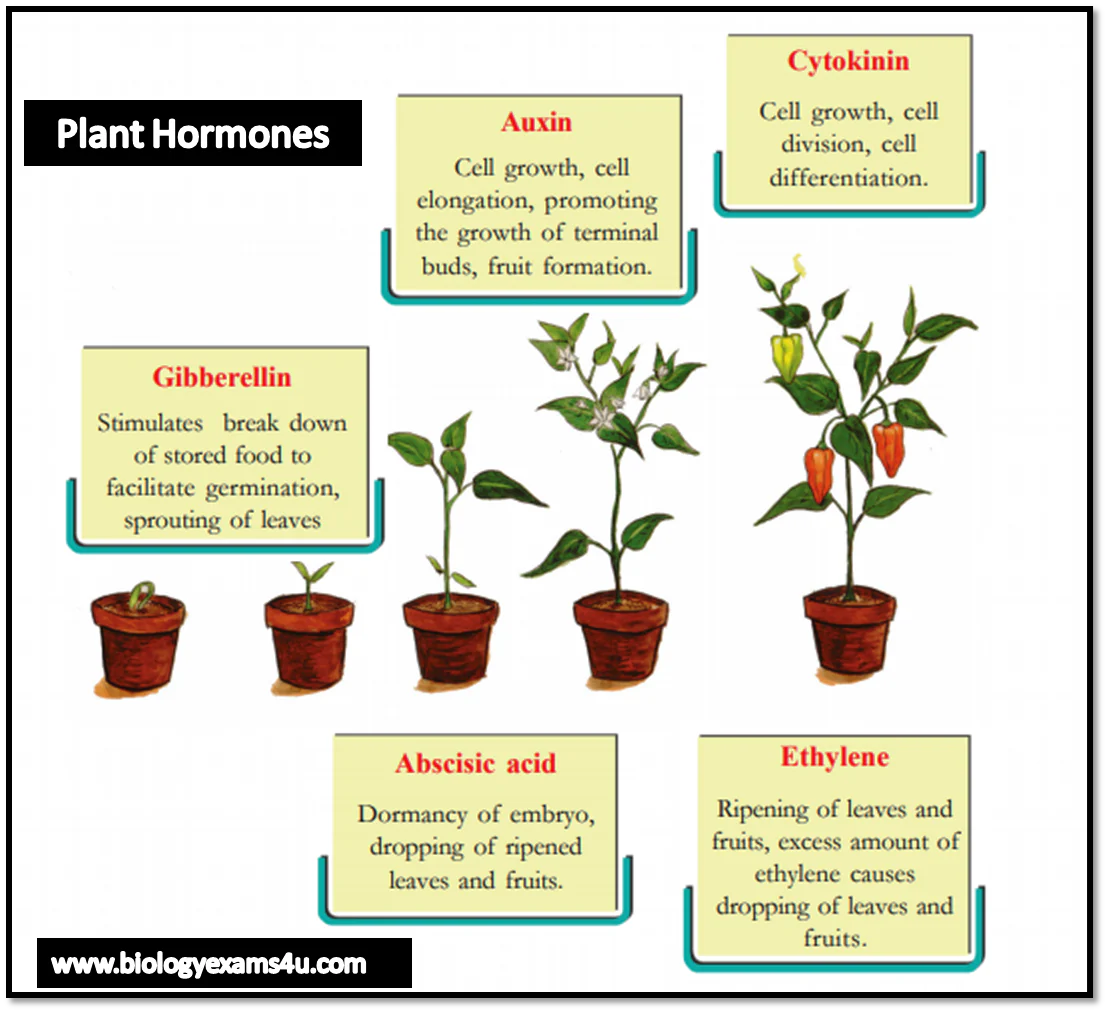
I’m guessing that at this point, the fruit and vegetable growers are starting to sing, “What about me?” Well, it turns out the cobalt foliars can be wonderfully productive in most crops. Let’s look at some studies. Singh and Agrez This application rate equates to one gram per five lites, 100 grams per 500 litres and 250 grams in the 1250 litres that is typically used on Mangoes”.
Several Indian orchard studies have reported increased fruit retention, fruit quality and yield following cobalt foliar.
At this point, I’d also like to share an interesting study published in the Journal of Plant Production titled “The Effect of Cobalt and some Vitamins as Foliar Application Treatments on Productivity and Quality of Williams Banana Cultivar.”
Here, a combination of cobalt sulphate, vitamin B12 and vitamin C produced banana bunch weight increases of over 60%. It’s of interest to me because our largest-selling liquid fertiliser, Triple Ten, contains this combination of cobalt, vitamin B12 and Vitamin C, along with over 50 other ingredients. It took me two years to formulate this product, and if you have not yet tried it, give it a trial, and I suggest you will be very pleased with the outcome. It’s available across North America via our Canadian distributors, Agriculture Solutions, in the UK via our partners, New Generation Agriculture and in Europe via our Dutch Distributors.
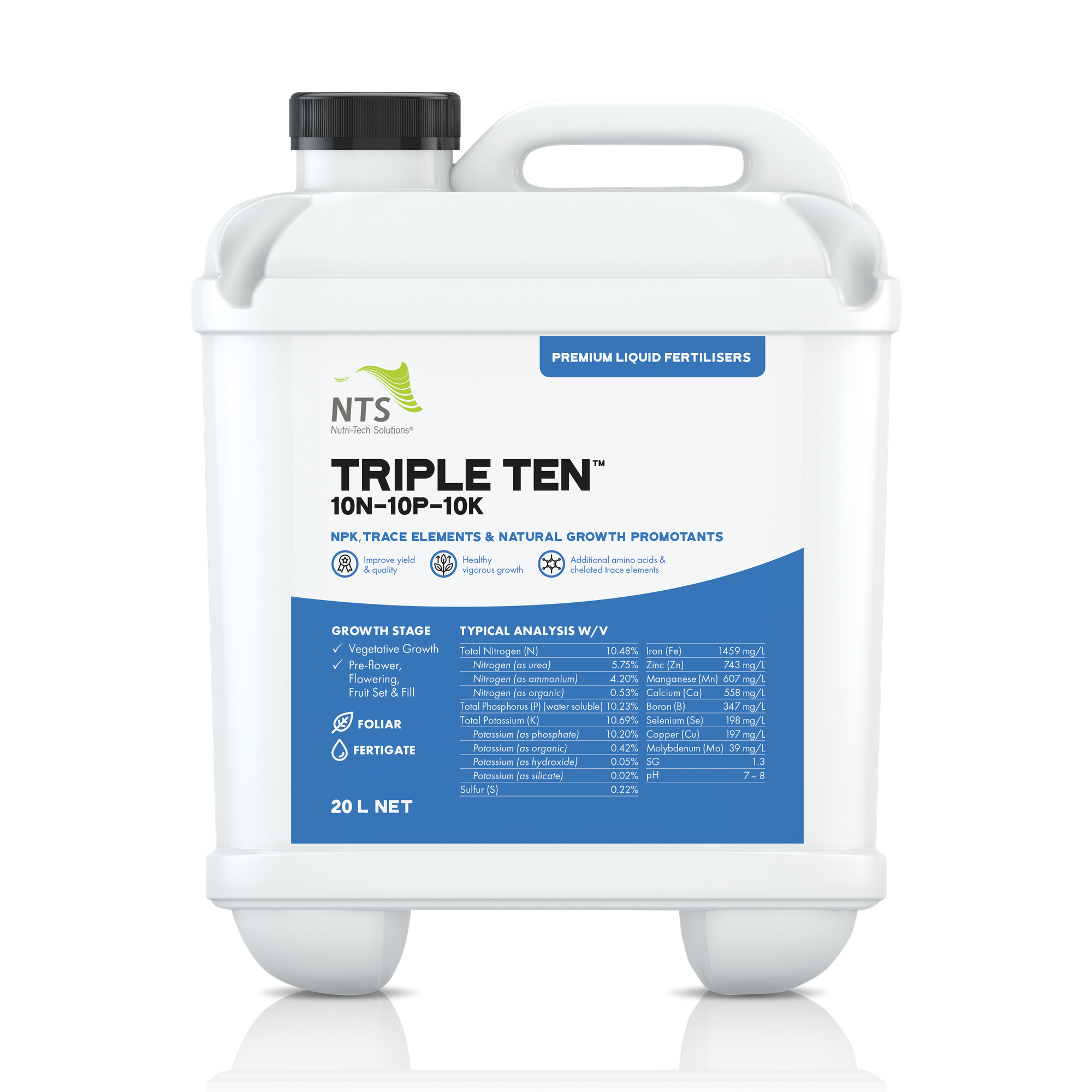
Now, let’s look at a couple of cobalt considerations.
Cobalt considerations
1) Iron displacement - It’s interesting to note that nutrient density in the seed increased across the board in multiple studies, but, in many instances, iron levels dropped. This relates to the fact that that there can be competition between iron and cobalt for uptake and utilization by the plant. Cobalt and iron are similar in their chemical properties and can occupy the same sites in plant metabolic pathways, leading to this competition.
Applied Cobalt can displace iron from these metabolic pathways and decrease the overall iron content of the plant. This effect can be more pronounced in certain crops, such as wheat and legumes, that have a higher demand for iron and are more sensitive to changes in iron nutrition. If you have marginal iron and intend to experiment with cobalt fertilization, it may be worth foliar spraying a little iron or applying humic acid to increase iron availability.
2) Cobalt accumulation and soil reserves - legumes are noted cobalt accumulators, so it is possible to foliar spray cobalt on legumes, and when the crop residues are returned to the soil, it can serve to gradually build soil reserves of cobalt
3) Soil pH, organic matter content, and soil type can affect the availability of cobalt. High pH can reduce cobalt availability, while organic matter can increase it. Clay soils tend to have higher cobalt levels compared to sandier soils.
In response to multiple requests from growers struggling to source cobalt sulphate powder at their local rural store. NTS has now added Cobalt Shuttle to our product range, so it is available via the website, direct sales or other distributors.
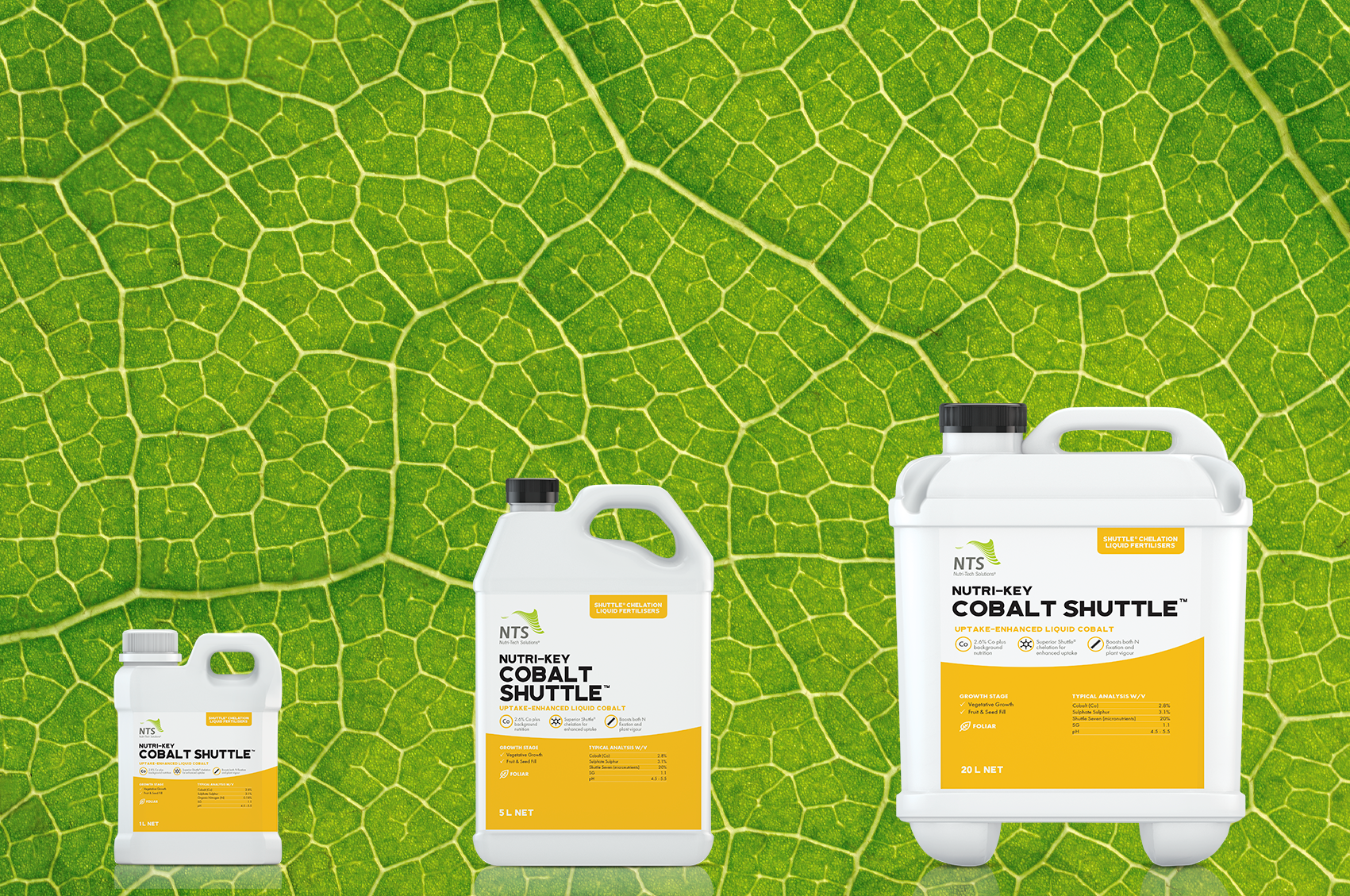
In summary
A brief review might prove helpful here.
I first noted that almost 50% of the soils we test are deficient in cobalt and I then described the potential outcome of that shortage. Cobalt plays a crucial role in the health and productivity of crops, impacting soil life and root performance of legumes, and is a critical cofactor in the formation of Vitamin B12. I explained that B12 is a cofactor for nitrogenase, the enzyme that nitrogen-fixing organisms like rhizobium, actinomycetes, and free-living nitrogen fixers use to convert nitrogen gas from the atmosphere into ammonium nitrogen in the soil. This process is important for reducing reliance on nitrogen fertilizers and helps to build soil carbon.
Additionally, cobalt is a cofactor in the formation of auxins - hormones that regulate root and shoot growth. A cobalt shortage can lead to stunted growth, reduced crop yields, and impaired plant health. Symptoms of a cobalt shortage include chlorosis, misshapen leaves, stunted growth, reduced seed production, and poor nodulation on legumes. I also highlighted the importance of cobalt in seed production and seed size, and I provided some guidelines for productive application rates.
If you need any further guidance on this or any other agronomic issue, please feel free to take advantage of the free telephone advice offered by the NTS agronomy team. Just call 07 5472 9900.
